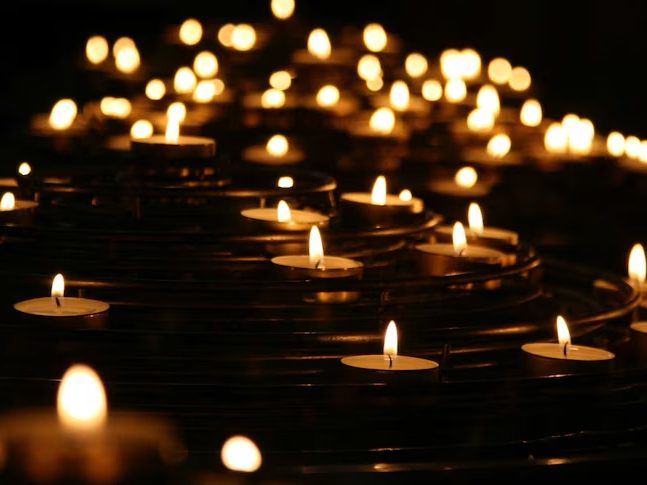This piece was my Graduate Capstone for my Masters of Arts in Composition. The piece is an ambitious 7-movement cantata-style composition with several overarching themes. The piece follows both the history of music and the Seven Ages of Man from Shakespeare’s soliloquy in As You Like It. Each movement takes inspiration from a different era of music, and the texts were selected to follow the curve of the life of man.
Written for the UNH Wind Symphony and UNH Chamber Singers, conducted by Dr. Andrew Asher Boysen Jr. and Dr. Alex T. Favazza Jr., March 2022

